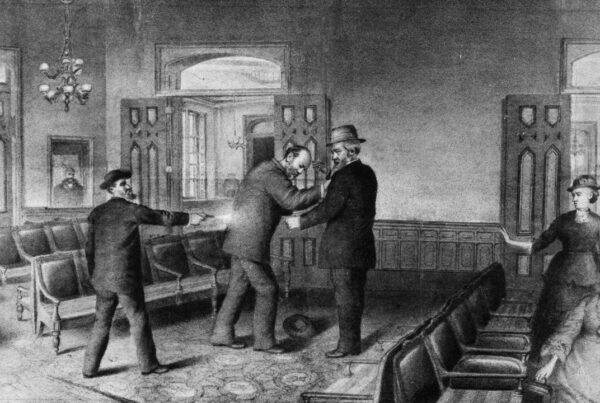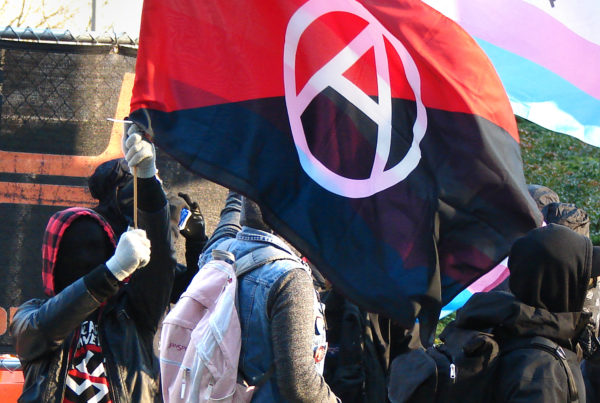Alternative Names:
The Partisans of Islam, Helpers of Islam, Supporters of Islam, Soldiers of God, Kurdistan Taliban, Soldiers of Islam, Kurdistan Supporters of Islam, Supporters of Islam in Kurdistan, Followers of Islam in Kurdistan, Ansar al-Sunna. Ansar al-Sunna or Jamaat Ansar al-Islam
Location:
Iraq
Leadership:
Mullah Krekar became the leader of Ansar al-Islam (AI) after the merger of Jund al-Islam and parts of the Islamic Movement of Kurdistan (IMK). Following the merger, Krekar became first Emir in Decemeber, 2001. Krekar fled Iraq for Norway following the US-led invasion in 2003 where he remains exhiled. He is not believed to be an active member of AI.
Abdullah al-Shafii replaced Krekar as the Emir in 2003 and was arrested by Iraqi Security Forces on May 3, 2010. He remains in custody.
Abu Ahmad was a senior leader in AI’s Iraqi branch, he was killed by Islamic State forces in 2014.
Sheikh Abu Hashim Muhammad bin Abdul Rahman al Ibrahim was announced Emir of AI on December 5, 2011. He remains in control of AI at present.
Membership:
AI operated primarily in central Iraq, it focuses on large Sunni Arab areas in order to boost its support and numbers. Precise numbers of supporters are unknown, however, AI is considered one of the largest Sunni terror groups in Iraq.
Funding Sources:
AI receives funding from loose networks of associates throughout the Middle East and Europe. In addition, the group relies on diaspora communities in Jordan, Turkey and Europe.
There are distinct connections to Ba’athist officials, local crime and Al Qaida that are said to also represent a portion of AI funding.
Origins:
AI extends back to the mid 1990s and came to be as a result of two splinter groups from the IMK. In 2001, AI was officially formed under Abu Abdullah al-Shafi’i and began to carry out operations as one of the most prominent anti-Coalition groups in Iraq.
Since 2003, AI has maintained a close relationship with Al Qaida, whom has trained a large portion of the leadership. In addition, much of AI’s membership is thought to be veterans of the Soviet-Afghanistan War. The close ties have been maintained and resulted in the offering of safe haven to Al Qaida members in AI’s Northern Iraqi territory following the US-led invasion of Afghanistan in 2001.
Major Attacks:
2002: In the spring, AI sent several gunmen to assassinate PUK leader Barha, Salih. Salih. Salih survived the attack but five of his bodyguards were killed along with two of the AI assailants. (7 killed, unknown wounded)
October 14, 2003: Bombing of the Turkish Embassy in Baghdad. (1 killed, 24 wounded)
February 1, 2004: Carried out simultaneous suicide attacks at the headquarters of the KDP and the PUK in Erbil. (100+ killed, 130 wounded)
December 2004: A suicide bomber attacked a U.S. military dining facility at Marez in Mosul. (22 killed, 60 wounded)
January 2005: Assassination of Sheikh Mahmoud Finjan, who was a senior assistant to the prominent Iraqi Shiite cleric, Grand Ayatollah Ali al-Sistani. (1 killed)
April 22, 2007: In Ninawa, AI took all the Yazidi passengers aboard a bus prisoner. AI took the passengers to Mosul, where they were systematically executed. (23 killed, 7 wounded)
May 8, 2007: Suicide attack in Erbil outside the Kurdish Interior Ministry. (15 killed, 65 wounded)
April 2008: Series of attacks in the Diyala province including the assassination of an Iraqi policeman, a bombing which killed two Christian soldiers, and an attack on a Mahdi Army checkpoint that resulted in 6 deaths. (9 dead, unknown wounded)
November 25, 2012: Suicide bombing of a Shiite militia camp in the town of Rabia, Iraq. In a statement released shortly after the attack, AI not only claimed that the Shiite militants had been about to deploy to Syria to assist the Assad regime, but that the Islamic State in Iraq (ISI), the successor of AQI and predecessor to IS, had participated in the operation. (casualties unknown)
March 2014: Ansar al Islam, Jabhat al-Nusra, and the Islamic Front fought together near Aleppo to capture Jabal Shwayhana and Kafr Hamra from the Assad Regime. (casualties unknown)
April 30, 2014: Allegedly beheaded a PKK fighter it captured in Syria. (1 dead)
May 2014: An AI spokesman confirmed Iraqi press reports that AI was engaged in fighting with IS in the al-Rashad area of the Kirkuk province. (casualties unknown)
Ideological Roots:
AI adheres to rigid Salafi ideology. This is exemplified in their founding declaration which states “jihad in Iraq has become an individual duty of every Muslim (MEIB) after the infidel enemy attacked the land of Islam.”
The group is a Kurdish-Arab Salafi militant organization that seeks to overthrow the local government and expel all foreigners from Iraq. The group seeks to enforce Sharia Law on the territory under its control eventually expanding to a Sunni Islamist state in Iraq and Syria.
Since its inception, AI has had close ideological ties to Al Qaida, whom is responsible for training many of the leadership.
In 2014, AI rejected a merger with IS and has continued to fight both IS and the Assad government in Syria under the name Ansar al-Islam.
Objectives:
The overall objective of AI is to achieve the creation of an Islamic state where its “people are strong,” without the influence of Western cultures, and to expel Western influence from its homeland.
AI believes that to achieve this, it must expel all foreign forces from Iraq, counter the Shia influence in Kurdish communities, and establish an independent state under Sharia Law.
Tactics:
AI has used a range of weapons and tactics, usually following the doctrine of using explosives and small arms. Use of IEDs and firearms are most common, although in some circumstances the group has been known to use VBIEDs. In rare instances the group has utilized rocket attacks and anti-Aircraft weaponry.
AI focuses its attacks on certain ethnic, political, and religious groups in order to extend its influence, and expel the influence of what it views as detriments to its goals.
Updated on December 3, 2015.







